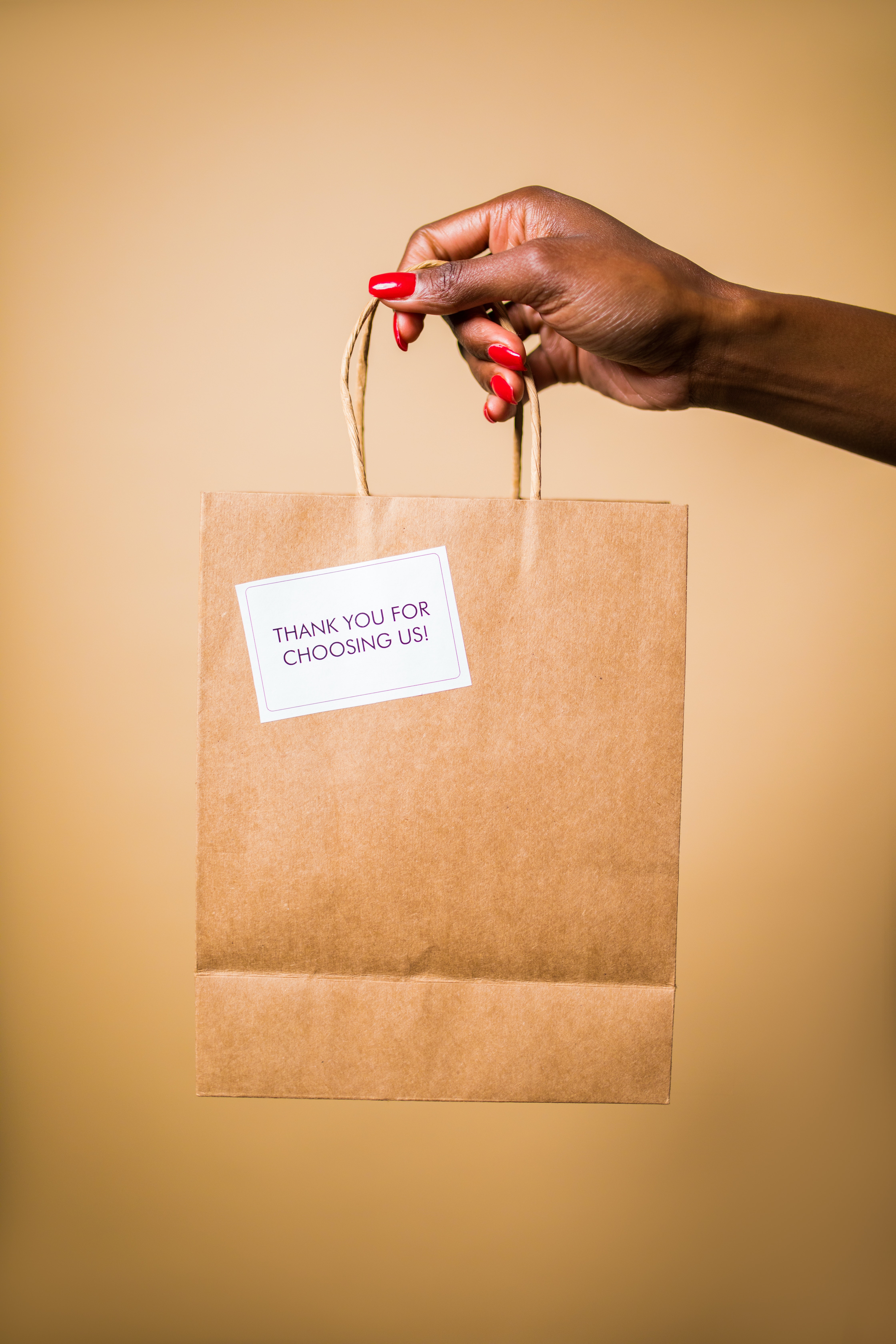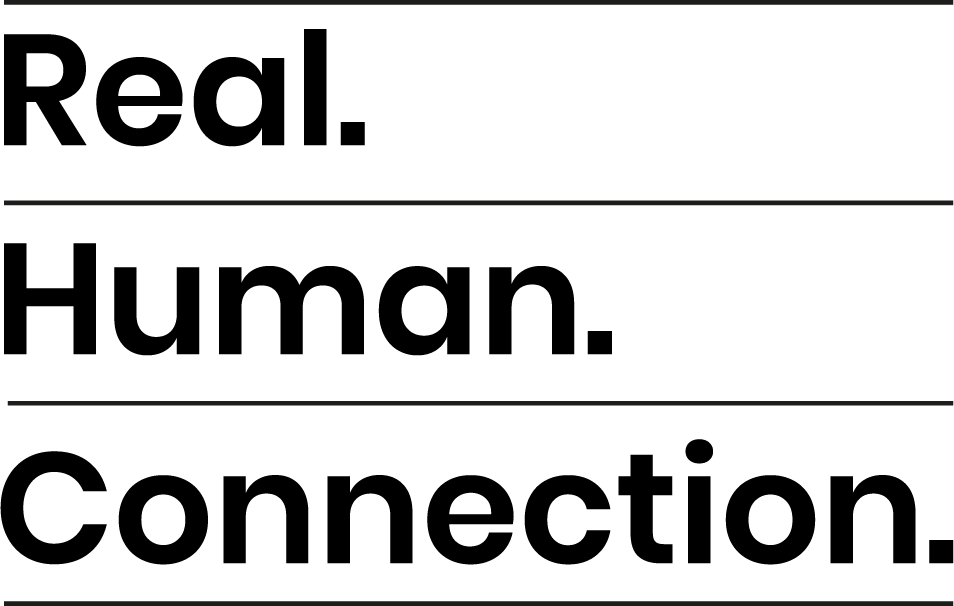
2021 CRM & Loyalty Trends
When I was asked to write this piece on a round-up of CRM and Loyalty trends in 2021, to be honest I struggled to remember what had even happened. It has all been such a blur!
So much has changed over the last couple of years, but at the same time so little has changed – perhaps we have just been reminded of what is really important, and hopefully, focussed on it.
Technology continues to evolve, of course, and this has been great for loyalty and retention, but also not so great. Brands got better in 2021 and over the last few years, at leveraging the data they have, and pairing it with clever tech. This means they can make recommendations to customers based on what they know about them, give preferential treatment to certain customers, and tailor their service offering based on their preferences. This is all great for the customer. There are also developments that have made it easier for CRM teams to retain customers and achieve their KPIs – predicting behaviour, automating communications and easily gathering feedback.
There are other less traditional uses of tech that I also think have been fantastic for customer retention, where brands have thought outside the box and used technology to solve challenges. For example, when shops were closed or customers weren’t confident in going shopping yet, Heal’s and John Lewis connected customers with their in-store staff, so that they could video chat with them. This enabled staff to show customers furniture, describe textures, give demos and whatever else the customer couldn’t experience online. It would have been far easier for Heal’s and John Lewis to connect customers with call centre staff who have a bank of information and answers, but they connected them to the real experts instead, making sure their customers got the best experience.
 There are some evolutions in tech that brands have adopted to the detriment of the customer. Chatbots have their place, but in my opinion have started to be overly depended upon. This became very apparent throughout the pandemic as more customers shopped online. Of course, brands need to reduce the burden on call centre staff, and so using chatbots to help with simple queries is a great way to do this, but an increasing number of brands seem to have started to use bots as their primary customer service tool. With 84% of customers saying the experience a company provides is as important as it’s products and services (reference here) I do believe this has, and will have, an impact on customer retention.
There are some evolutions in tech that brands have adopted to the detriment of the customer. Chatbots have their place, but in my opinion have started to be overly depended upon. This became very apparent throughout the pandemic as more customers shopped online. Of course, brands need to reduce the burden on call centre staff, and so using chatbots to help with simple queries is a great way to do this, but an increasing number of brands seem to have started to use bots as their primary customer service tool. With 84% of customers saying the experience a company provides is as important as it’s products and services (reference here) I do believe this has, and will have, an impact on customer retention.
Another trend, although not a new one, has been building up a 360 degree view of the customer. Brands know that customers who shop omnichannel are worth far more to them, but collating and matching customers behaviour across different channels, continues to be tough.
This was a huge focus for many brands in 2021, as they tried really hard to get customers to experience the benefits of online and in store shopping, as well as interacting with them across other channels too. There is a need to learn about the customer, but also give the customer a consistent brand experience. What makes this trend new(er) and more challenging, is the rise in the number of channels that customers interact across. It’s fantastic when customers start to like and comment on socials, make use of whatsapp customer service and give their views on polls…but this is all data that needs analysing and matching up. Brands need to be aware of online conversations, likes and shares to really understand how their customers behave, and react accordingly.
 E-commerce being on the rise (and it has dramatically increased throughout the pandemic) means that this data will need to be more depended on than ever before, as real human interactions are on the decrease. Front line staff will always be super important – but the front line has broadened in my opinion. Are front line staff now social media managers, not just store staff? Brands need to find a way to make sure digital experiences are still human experiences.
E-commerce being on the rise (and it has dramatically increased throughout the pandemic) means that this data will need to be more depended on than ever before, as real human interactions are on the decrease. Front line staff will always be super important – but the front line has broadened in my opinion. Are front line staff now social media managers, not just store staff? Brands need to find a way to make sure digital experiences are still human experiences.
Instant gratification is a term we hear a lot in the loyalty industry – customers want everything immediately. There is definitely truth in this – customers don’t want to jump through hoops, they want to be recognised and appreciated, and they want a perfect, quick service. I am very much in this camp as a customer, I am demanding! However, what I do not believe customers want, is for it to be easy for brands to do this - a quick email saying thanks, a 10% discount thrown their way for an apology or an automated response to some feedback. Customers know these things are quick and easy for brands to do, and they want more. They may make one-off purchases with brands that behave like this, but they don’t build long-lasting relationships.
To truly feel recognised, customers want to feel that the brand has thought an idea through, gone out their way and really made an effort to make them feel special. With incredible CRM and Loyalty teams on the up, and technology and clever start-ups available to assist, this should be easy. But I come back to the over reliance on automation as a reason why not enough of this is happening, despite customer demand.
Brand switching was on the up in 2021 – understandably so, as people’s lives have continued to be turned upside down. Routines, habits and levels of comfort have changed, so spending habits are bound to have changed too. Some of this is obvious, customers switching to brands with online offerings when shops were closed, to the sandwich shop closer to their house rather than the office when working from home, to alcohol subscriptions when pubs were closed. These are all trends that have meant brands have had to take action – for those losing customers; how to win them back with a great offering and customer experience, and for those acquiring customers; the challenge shifted to retention. But some brand switching is about more than that. The shift to local has been about convenience, yes, but also a conscious choice to support the brands people would miss if they were gone, and to make a positive environmental change.
Loyalty programmes tapping into the greater good isn’t a new trend – for years programmes have offered customers the option to spend points on donating to charity. But customers are now demanding more – if they’re donating their points to charity, what is the brand themselves doing? What impact is their purchasing behaviour having on the world – a positive change or a negative impact? So, retention strategy now reaches so much further than the CRM and Loyalty teams – the choices made around CSR, production, shipping and more are all having an impact on customers’ brand choice, whether the brand rewards this behaviour or not, customers are voting with their spend.
2021 was a year of change – some not so great for customer experience, and arguably with not enough brands making big enough sustainability shifts. But other changes were the start of something big, and positive – brands are looking to make a more personal connection with their customers, new communication channels opening up to better assist customers, and consumers caring more and more about the impact their purchases are having on the world.
For now, I’ve just looked back over the last year, as sometimes it is nice to reflect, but more to come on what I think is in store for 2022!
Jeannine Rafferty, Chief Customer Officer


If you would like to find out how you can make your customer experience and journey memorable, Click here to book a call with our experts.
